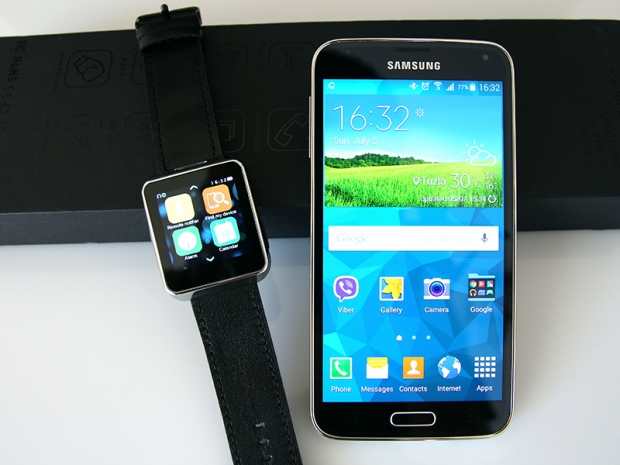MediaTek's Aster MT2502A wearable SoC was announced last year and the idea behind the processor, along with other MediaTek Labs products, was to bring wearables to the masses. The tiny chip cannot run Android Wear, so devices based on the Aster are to high-end smartwatches what feature phones are to smartphones. That’s our conclusion, now let’s work back from this conclusion and see if it adds up.
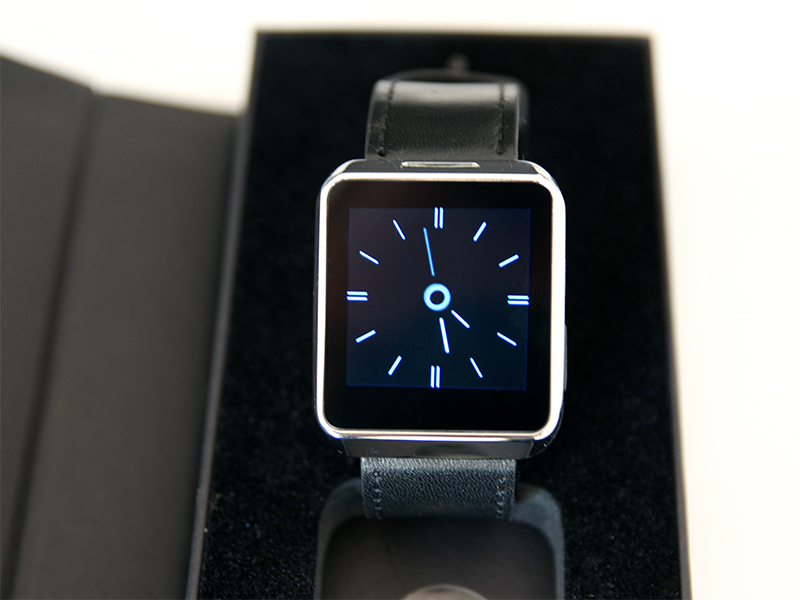
First of all, the Aster MT2502A is a 32-bit ARM ARM7EJ-S core. The SoC also packs integrated Bluetooth 4.0, support for FM radios, SD and SDIO storage, as well as CMOS sensors for cameras and other purposes. It also supports audio input and output, low resolution displays and the whole package measures 5.6x6.2mm. Compared to the Qualcomm Smapdragon 410 used in most Android Wear devices, the Aster is not even in the same league. However, that is sort of the point.
Remember that smartphone vs. feature phone analogy? We will be getting back to it quite a few times. It certainly works in the SoC department. Smartphones have vastly more powerful processors than feature phones, but they come at a price – they cost several times more than feature phone chips, and they need a lot more power to keep going. Wearables based on MediaTek’s Aster processor are quite similar to feature phones in this respect. They cost a lot less to manufacture, yet they have better battery life than pricey Android Wear and Apple wearables.
Now let’s take a closer look at the X1 smartwatch itself.
Specs and Features
The X1 smartwatch has a minimalistic, square design. Since we are talking about a $60 device, you don’t exactly get premium materials all around. The bezel is zinc alloy, but the back of the watch is plastic and does not feel too great. Still, at this price point it could be much worse.
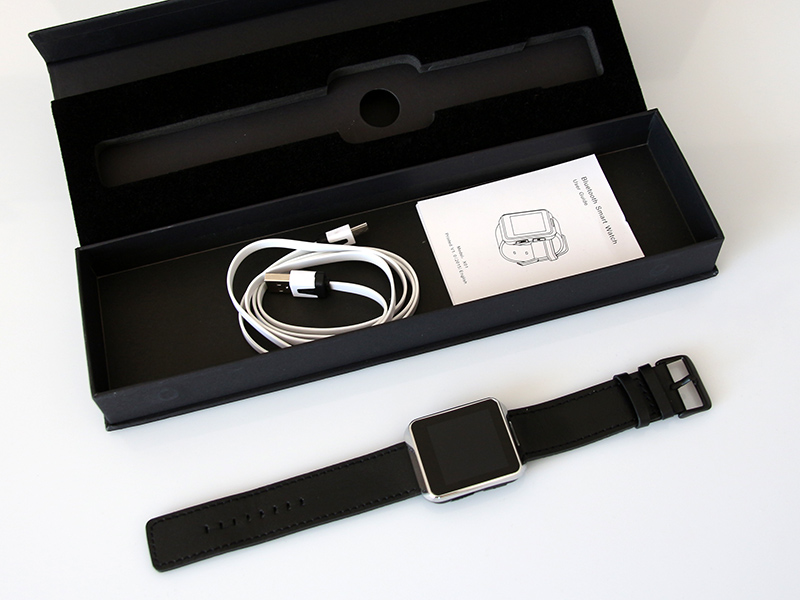
The watch is 11.5mm thick and weighs 40g. Not spectacularly thin, but no smartwatch is. The case houses a 1.54-inch 240x240 TFT display and a 280mAh battery.
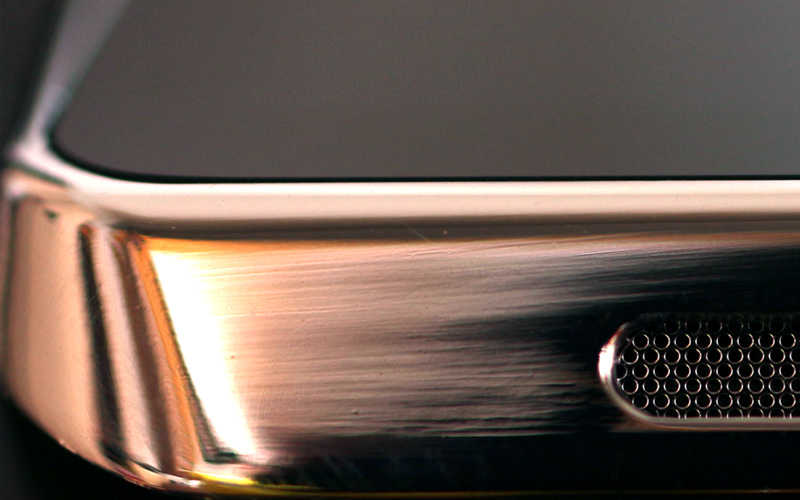
X1 Heart Rate Smartwatch Specs:
- Processor: MediaTek Aster MT2502A
- Screen: 1.54-inch TFT 240x240
- Connectivity: Bluetooth 4.0
- Sensors: heart rate sensor, pedometer, microphone
- Dimensions: 46x38x9-11.5mm
- Weight: 40g
- Materials: zinc alloy steel, plastic, leather band
- Battery: 280mAh (120hr standby)
Obviously, there are no benchmarks we can run on this device, so we can move on to the features. The watch comes with heart rate sensor, which is supposed to be one of its selling points. There’s no ambient light sensor though. We’ve seen some MediaTek watches with barometers and thermometers, which sound like a nice touch for avid outdoorsmen, but this unit stops at the heart rate sensor and pedometer.

Remember the feature phone analogy? Here it comes again. Since you can’t install additional apps on the watch, you have to rely on the apps you get out of the box. Considering this is a very inexpensive device this is understandable, and on the fact of it, you do get a lot. The watch can be used to remotely control your smartphone camera, find your phone, display caller ID and other notifications, access the dialer and remote sync the contacts. In addition, there’s a pedometer, calories counter, calculator, audio player, heart rate monitor and sleep monitor. It’s obvious that some of these functions are quite gimmicky (calculator, dialer and so on). However, core functions work rather well, so you get all relevant notifications and so on.
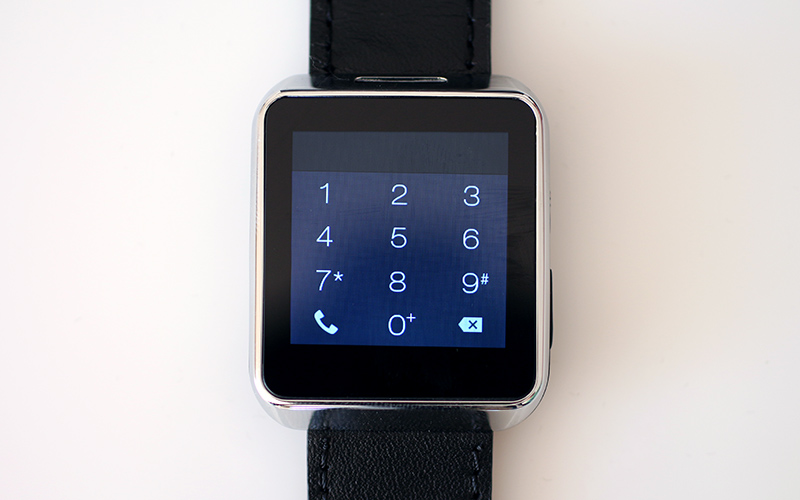
What irks us is the fact that it could have been a lot better. For example, we could not get it to stay connected to our phone (Galaxy S5) when we switched off media audio in Bluetooth settings, so we could not use it as a remote for our audio player.

This is a big deal, since it’s a vital feature for any smartwatch. If you activate call audio and media audio, you can use the watch as a Bluetooth speaker and mic, but audio quality is not good. The speaker is underpowered, so the sound is distorted. It can be used in a pinch, but it’s no replacement for a Bluetooth headset or speaker. For example, you won’t hear much if you answer a call while driving.

The pedometer works well, and you can also measure the distance covered in your walk/jog, and count burned calories. The heart rate monitor is not very reliable. Sometimes it would be spot on, but in some situations it registers a very low pulse. For what it’s worth, much more expensive smartwatches don’t tend to have bulletproof heart rate sensors, either.
Design and Build Quality
There is really not much to say about the design. The watch is relatively contact and not very thick. It’s very light, too, much lighter than your average watch.
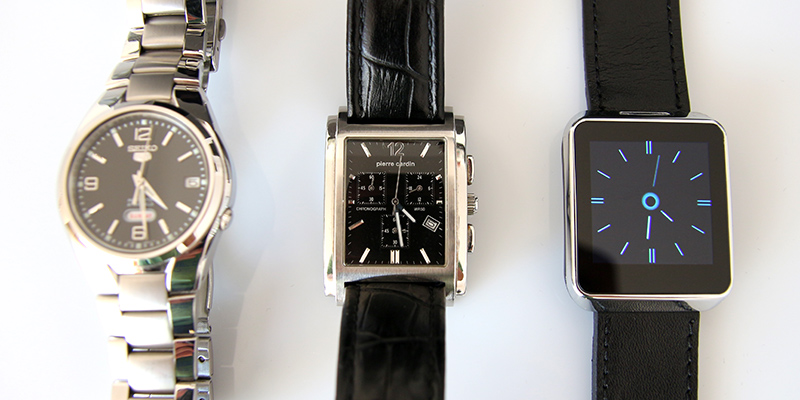
The alloy bezel looks and feels nice, and there is really not much to complain about. However, the back is crafted out of black, matte plastic. It doesn’t feel premium, but then again this is not a premium device.

The right side houses the charging flap and the power button, both of which are plastic as well.
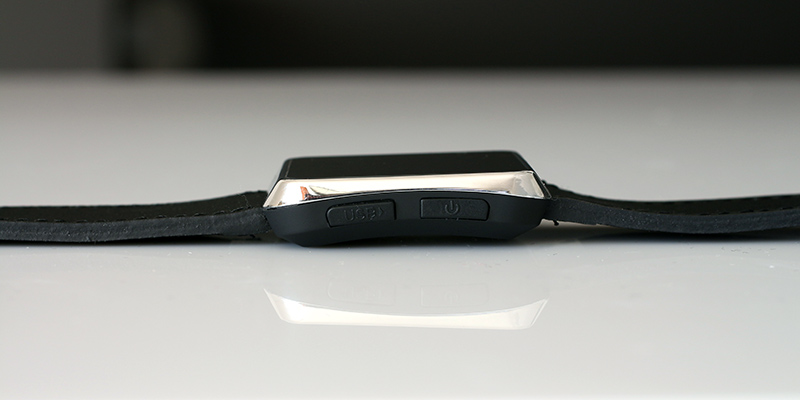
Overall, the design could have been somewhat better. The screen is not perfectly centred on the device, so the bottom bezel is somewhat bigger than the other three. Other than that, there’s not that much to complain about, it’s a decent looking device.
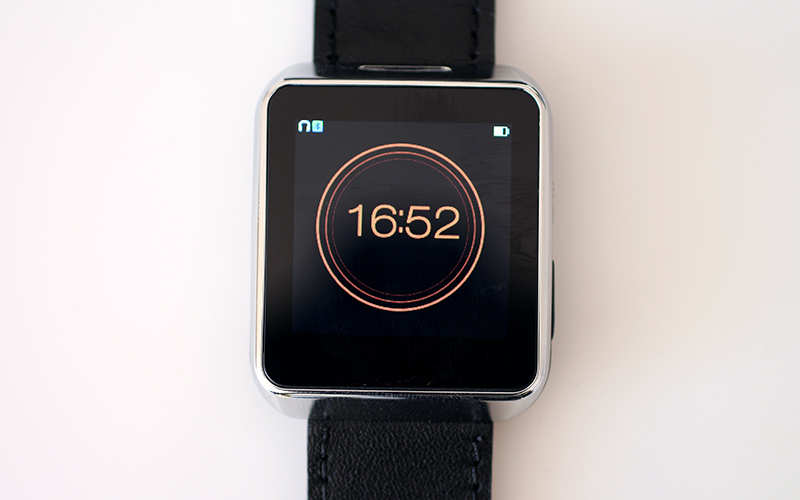
Our bigger problem with the aesthetics is the limited choice of watch faces and their appearance. They simply don’t look good and the choice of colours is awkward to say the least. It’s a pity, because the rest of the UI, as well as most of the apps, look ok. However, the watch faces do not.
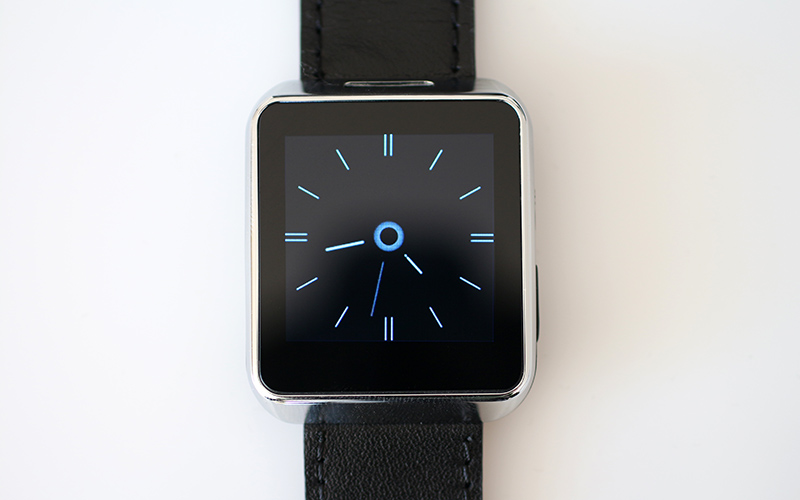
Everyday Use and Functionality
Let’s not waste too much time on the device itself – we want to check out whether or not the MediaTek hardware platform has what it takes to be a success. The Aster MT2502A platform enables hardware makers to come up with smartwatches that cost just a fraction of an Android Wear device, yet offer better battery life.
There are a lot of trade-offs, though, as you don’t get seamless integration with your mobile phone OS, and you cannot add apps or watch faces. That said, you can get a lot out of the box, because the hardware platform is quite good. It’s small, cheap, and efficient. As far as core functionality goes, Aster products could handle the most important functions of any smartwatch – notifications, pedometer, heart rate monitor, audio playback and camera remote, and so on.

The bad news is that it’s up to individual vendors to implement them properly, and you obviously can’t expect miracles on ~$50 devices – nobody will spend a fortune developing sleek apps, watch faces and UIs for them.

Installing the phone app is straightforward, although you can’t install the MediaTek smartphone app directly from the Play Store. You need to get a tweaked version by following the link embedded in the QR code displayed by the phone.
Once the device is paired, you can set it to receive various notifications (block unwanted ones), play around with the audio player, camera remote and so on. We already noted that the audio player doesn’t exactly work as a remote, and we are assuming this is a software glitch. As a fitness device, the X1 smartwatch can come in handy as a pedometer, calorie counter and heart rate monitor. However, there is no sedentary reminder, which would have been a nice touch.
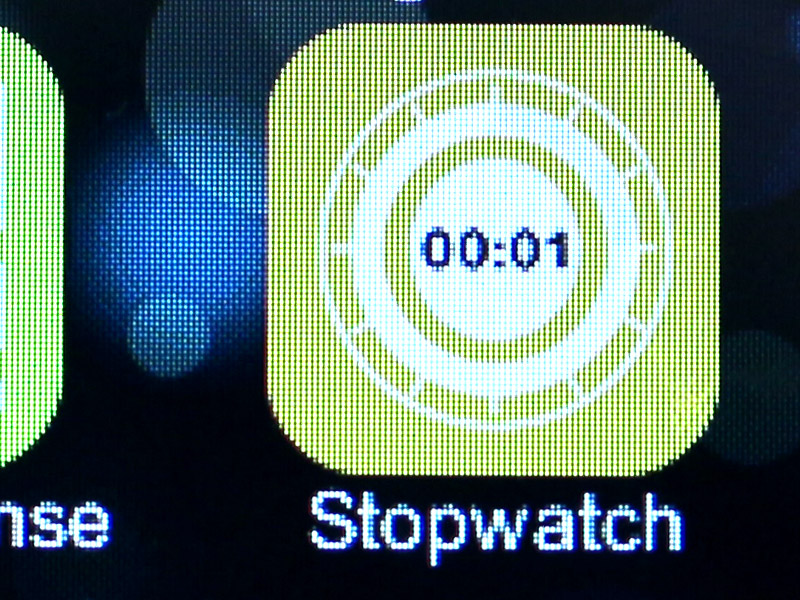
The 240x240 screen isn’t spectacular, especially if you’ve played around with more expensive watches like the LG G Watch R, but it gets the job done. The user interface is smooth and responsive, and we like the straightforward design as well. It’s a pity that the pre-installed watch faces don’t look nearly as good.

Now for some good news. Thanks to the 280mAh battery and frugal MediaTek processor, the watch should be able to deliver about three days’ worth of battery life. Of course, this depends on how you use it, but in any case it’s quite a bit better than an Android Wear device or an Apple Watch. While it’s better, it’s still not that great – we’d like to see a week on a single charge. The processor is efficient, yet it doesn’t have to deal with a “heavy” OS. However, any smartwatch with a proper colour screen is bound to have limited battery life.
Conclusion
MediaTek’s Aster platform is a very interesting concept that could find its way into a lot of wearables and IoT devices. The company is also about to roll out an Android Wear smartwatch platform, based on the MT2601 processor, but that’s a different story.
The Aster is going after an entirely different market and in terms of hardware it can deliver a lot on a very tight budget. Our biggest concern is user experience – it all depends on how vendors decide to implement it. We feel MediaTek would have been better off with a closed reference platform that would force manufacturers to standardise software and hardware, effectively forcing them to enable certain functions and carry pre-approved UIs and watch faces on standardised hardware (standard screen resolution, aspect ratio).
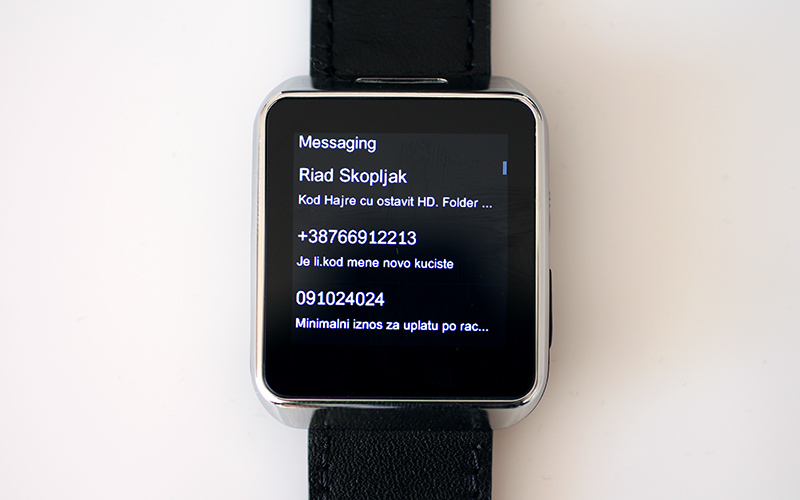
We like the idea of very affordable wearables – there is really no need for smartwatches to cost as much as a decent mid-range phone, or more. Cheap alternatives could be good sellers in emerging markets, and they could cover some niches in developed markets as well (kids’ watches, fitness watches with good battery life and so on). In addition to smartwatches, the platform could be used to make other similar devices “smart” – cycling computers, diving computers and other similar gadgets come to mind. The platform is affordable enough to be used for such devices. This particular product is already on sale for $64, but you can use the GBX1 coupon and bring the price down to $52, so it should be possible to develop even cheaper, niche products.
As for the X1 smartwatch, the software feels very much like a work-in-progress. This is unfortunate, because the hardware is good enough. Bottom line, MediaTek Aster watches feel like feature phones, but the hardware has quite a bit more potential.
X1 MediaTek Aster smartwatch pros and cons
Pros:
- Very inexpensive
- Good battery life compared to Android Wear devices
- Decent level of functionality out of the box
Cons:
- Unpolished software (media player remote functionality)
- Watch face design
- Lack of audio remote functionality

